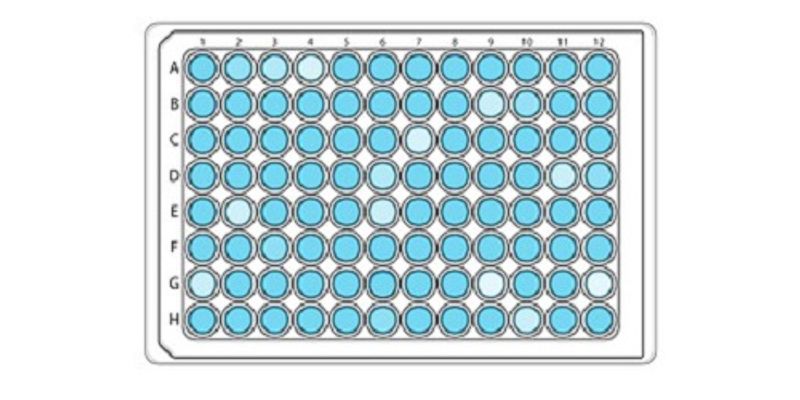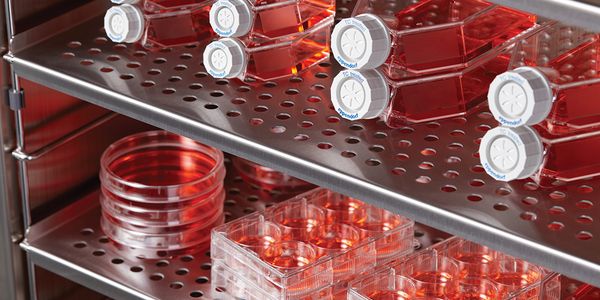Tissue Engineering
Tissue engineering is the use of a combination of cells, engineering and materials methods, and suitable biochemical and physicochemical factors to improve or replace biological tissues. Tissue engineering involves the use of a tissue scaffold for the formation of new viable tissue for a medical purpose.
-
The study of biological function in intact organisms and the development of targeted cellular therapeutics necessitate methods to image and control cellular function in vivo. Technologies su...
The aim of the lecture is to give an insight into the use of 3D liver micro tissues (3D liMTs) in drug discovery and translational safety. In translational toxicology, 3D LiMTs have a high i...
The use of primary cells in vitro is compromised by the limited quantity of cells that can be isolated from one donor, a lack of or very restricted proliferation capacity (e.g. hepatocytes)...
Speaker:
Astrid Nörenberg, PhD
Presented at: Drug Discovery & Development Virtual Event Series 2020
The liver plays a critical role in the metabolism and clearance of more than 70% of marketed drugs. Furthermore, toxicity to the liver is a major reason for preclinical and clinical drug fai...
With an increasing push to improve safety, efficacy, and efficiency throughout the drug development pipeline, researchers are evermore looking to improve the predictive capacity of their in...
DEC 17, 2019 | 9:00 AM
DATE: December 17, 2019TIME: 9:00am PST, 12:00pm EST Purpose: Liver x receptors (LXRs) are hypothesized to serve as a link between lipid metabolism and inflammation by prom...
DEC 04, 2019 | 7:00 AM
DATE: December 4, 2019TIME: 7:00am PST, 10:00am EST, 4:00pm CET Do you know how it feels when you just quickly want to redo an experiment that your colleague did, or an experim...
NOV 21, 2019 | 9:00 AM
DATE: November 21, 2019TIME: 9:00am PST, 12:00pm EST Multiple Myeloma is a disease of terminally differentiated plasma cells with the massive production of monoclonal immunoglobu...
NOV 18, 2019 | 7:00 AM
DATE: November 18, 2019TIME: 7:00am PST, 11:00am EST, 4:00pm CEWT How often do you pipette in your cell culture lab every day? Usually, we do it so often that we tend stop th...
OCT 31, 2019 | 9:00 AM
DATE: October 31, 2019TIME: 9:00am PDT, 12:00pm EDT INTRODUCTION: A major limitation for the development of 3D engineered tissues is the absence of viable and perfusable...
OCT 22, 2019 | 10:00 AM
DATE: October 22, 2019TIME: 10:00am PDTNext-generation sequencing (NGS) is quickly becoming the go-to tool for testing labs looking to bring on additional clinically relevant tests requ...
The active shaping of biological membranes is essential for a variety of cellular functions including but not limited to cell migration, cell division, organelle morphology, and cell and memb...
The ability to discern spatial gene expression differences in complex biological systems is critical to our understanding of developmental biology and the progression of disease. However, the...
Early detection is critical for improved survival in melanoma. Melanocytic nevi are extremely common benign tumors that mimic melanoma and are therefore commonly biopsied. Currently, the dete...
Speaker:
Margaret Hoang, PhD
, Maija Kiuru, PhD
Presented at: Cell Biology Virtual Event Series 2019
























